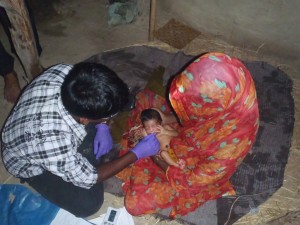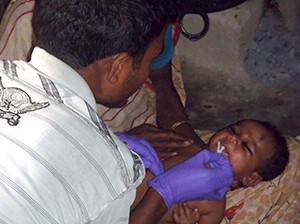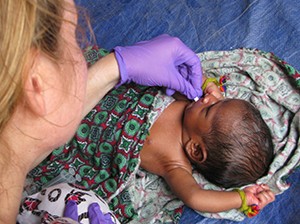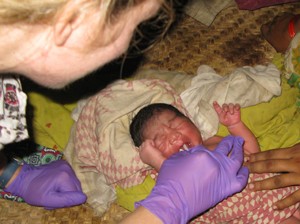

| Investigator |
| Luke Mullany, PhD, MHS Associate Professor Johns Hopkins School of Public Health |
| Project Description |
| This project will take place over about 12 months and sample 500 preterm and 500 fullterm babies in Sarlahi District in rural Nepal to determine the possible mechanistic reasons for improved health outcomes in neonates receiving full body massage using sunflower seed oil relative to mustard seed oil. These activities broadly relate to four domains: improved skin integrity and function, microbial challenge at the skin, biomarkers of immune responses, and nutritional status. This project will specifically examine whether: trans-epidermal water loss is decreased; skin pH more rapidly stabilizes during the first week of life; there is a difference in stratum corneum protein content and amount; skin condition scores for dryness, rash, and erythema are lower (improved) among babies in the sunflower oil group; overall and organism-specific presence and density of colonization at the axilla, inguinal, and periumbilical region differs between the groups; there are changes in immune response at both the systemic and epidermal innate immunity levels; there are differences in salivary and serum cytokine concentrations over the first week of life using repeat salivary swabs and heelprick blood samples; there are differences in epidermal biomarkers (keratin 1,10,11, involucrin, albumin) and cytokine levels (IL-1α, IL-1β, IL-6, IL-8, TNF-α) using a non-invasive skin tape-strip sampling method; weight is higher 7, 28, and 180 days after birth; length is greater at 7, 28 and 180 days after birth; and serum levels of essential fatty acids are improved among babies in the sunflower oil group. |


